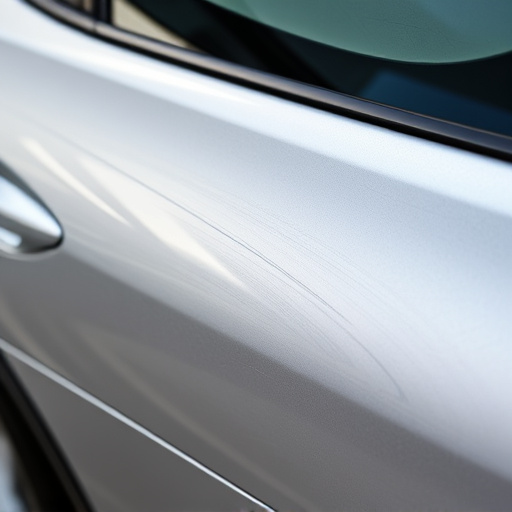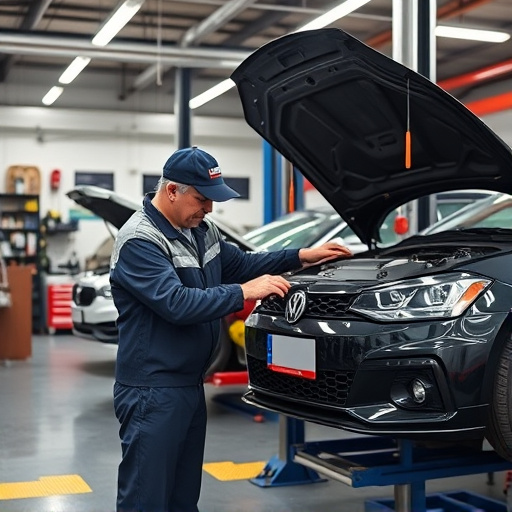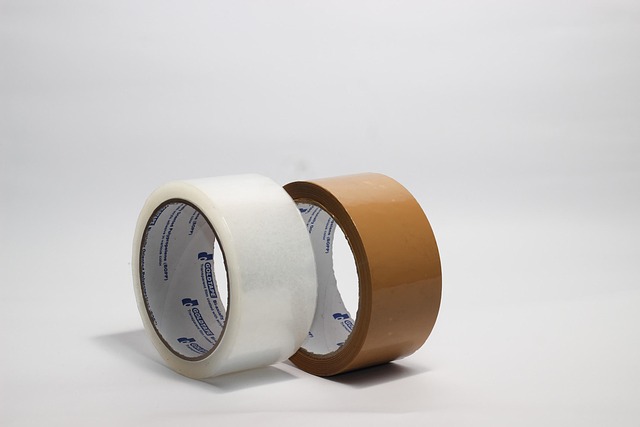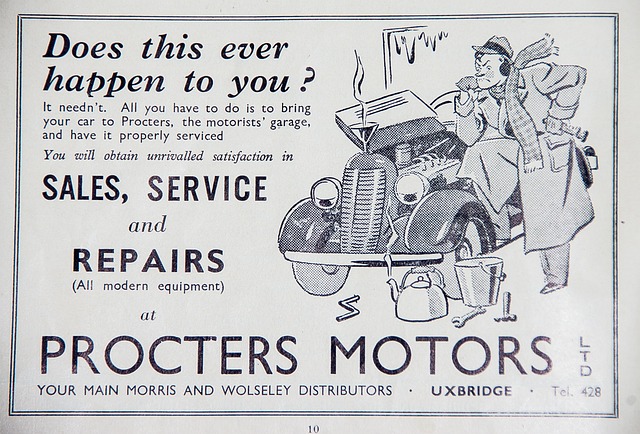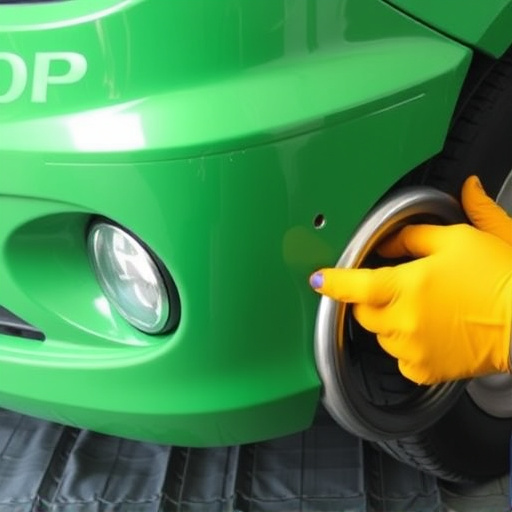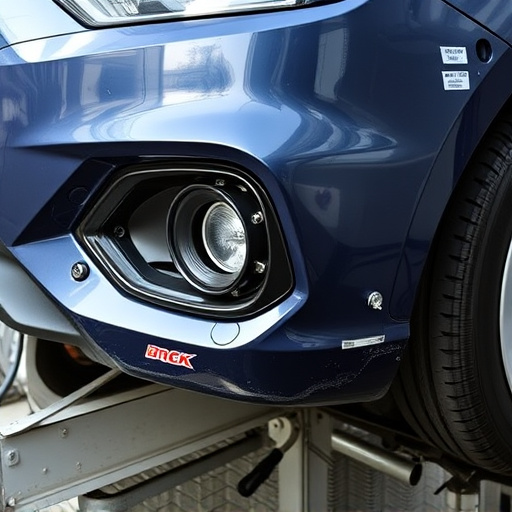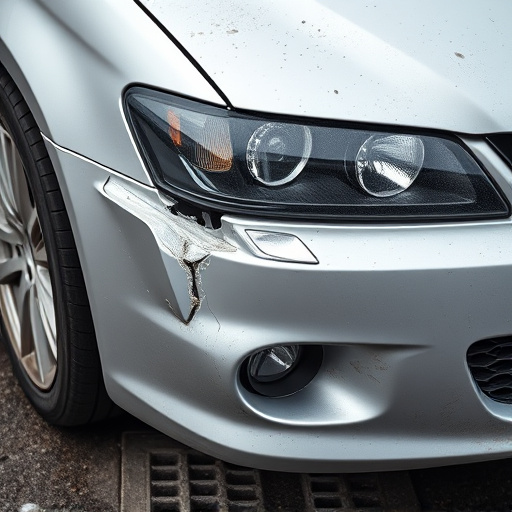Mercedes acoustic glass, designed for enhanced comfort and safety, can degrade over time due to aging, environmental factors, or improper installation. Signs of potential failure include unusual noises like rattling or high-pitched whines, especially at higher speeds, and water seepage through seals leading to corrosion. Prompt replacement is crucial; professional repair maintains passenger safety and comfort. The repair process involves assessing damage, removing faulty glass, installing new Mercedes-specific glass, and conducting post-installation checks. Proper care, including regular cleaning, inspections, temperature control, and defroster fluid maintenance, extends the lifespan of the replacement glass.
Mercedes owners often enjoy a luxurious driving experience, but even high-end vehicles like the Mercedes can suffer from issues. One such problem is seal failure in the acoustic glass, which can lead to reduced noise insulation and potential water damage. This article guides you through recognizing the early signs of Mercedes acoustic glass failure, explains the replacement process, and offers tips to maintain these essential components, ensuring your Mercedes continues to deliver a premium experience. Learn about efficient and effective solutions for Mercedes acoustic glass replacement.
- Understanding Mercedes Acoustic Glass Failure: Common Signs
- The Process of Replacing Acoustic Glass in Mercedes Vehicles
- Tips for Maintaining and Extending the Life of Your Mercedes Acoustic Glass
Understanding Mercedes Acoustic Glass Failure: Common Signs

Mercedes acoustic glass, a feature that enhances both comfort and safety, can fail over time due to various factors such as age, environmental conditions, or improper installation. Recognizing the signs of an impending failure is crucial for Mercedes owners. One of the most common indicators is noticeable noise coming from the windows, especially when driving at speed. This could be a rattling sound or a high-pitched whine, suggesting that the acoustic glass has lost its integrity and is no longer effectively dampening external noise.
Another sign to watch out for is water seepage through the seals. Even if the glass itself appears intact, moisture entering your vehicle can lead to corrosion and damage to the car’s bodywork services. If you notice wet spots on the interior side of the windows or feel water collecting inside when it rains, it might indicate a compromised seal that requires urgent attention from a professional car body shop. Prompt action is key in such cases to prevent further complications and ensure the safety and comfort of passengers.
The Process of Replacing Acoustic Glass in Mercedes Vehicles

Replacing Mercedes acoustic glass involves a precise process tailored to retain the vehicle’s original quality and soundproofing capabilities. It begins with assessing the damage, which often stems from seal failure, leading to issues like water infiltration and reduced noise cancellation. Once identified, the faulty glass is carefully removed, ensuring minimal disruption to surrounding components.
Subsequent steps include acquiring a high-quality replacement that matches the vehicle’s specifications, preparing the car body shop workspace, and applying new sealing materials to prevent future damage. Skilled technicians then install the new acoustic glass, ensuring it fits perfectly within the vehicle bodywork. Post-installation checks verify both structural integrity and optimal sound performance, guaranteeing a restored listening experience for Mercedes owners.
Tips for Maintaining and Extending the Life of Your Mercedes Acoustic Glass
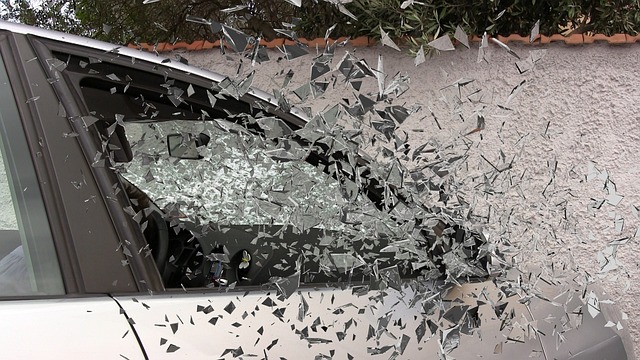
Proper care is key to extending the lifespan of your Mercedes acoustic glass replacement. Regular cleaning and inspection are essential practices to ensure the integrity of the glass. Use soft, microfiber cloths and mild detergent to clean the surface gently, avoiding abrasive materials that could scratch the panel. Inspect for any signs of damage or moisture intrusion, as these can weaken the seal and accelerate deterioration.
Additionally, maintaining optimal temperature control inside your vehicle can prevent sudden changes in pressure, which may cause glass warping or cracking. Avoid extreme heat or cold exposure, and use climate control to regulate the interior environment. Regularly checking and topping up the defroster fluid is also beneficial, as it ensures effective condensation removal, preventing water damage that could compromise the acoustic glass’s performance and longevity.
Mercedes acoustic glass replacement is a specialized process that, when done correctly, can restore the quiet and comfort levels of your vehicle. By understanding the common signs of acoustic glass failure and following the right maintenance tips, you can extend the life of this important component. If seal failure occurs, prompt action to replace the affected glass is essential to prevent further damage. With proper care, you can enjoy a quieter ride for years to come.


